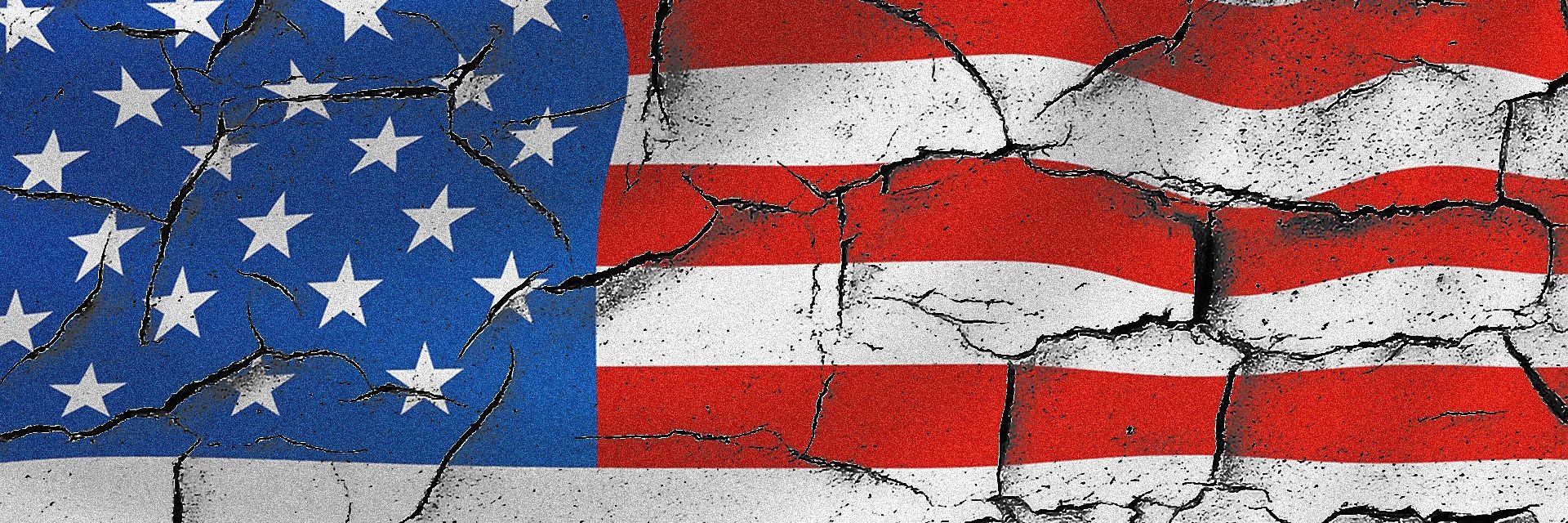We often hear about racism in terms of the people who are subject to its harmful effects – but what about the race that started the fires: white people? And what exactly does it mean to be “white”? Historically, whiteness is a social construct, like race itself. But from its origins in American colonial times to its modern position in white supremacist subcultures, whiteness (whether or not it’s real) has had very real consequences.
◊
On May 25th, 2020, a Black man from Houston named George Floyd was murdered at the hands of Minneapolis police. This event sparked another nationwide reckoning with race in America. Though they had been centuries in the making, the protests and actions following his death sparked a newfound discussion about consequences of racism and racial violence, highlighting the fact that not everyone is free in the “land of the free” – not by a long shot.
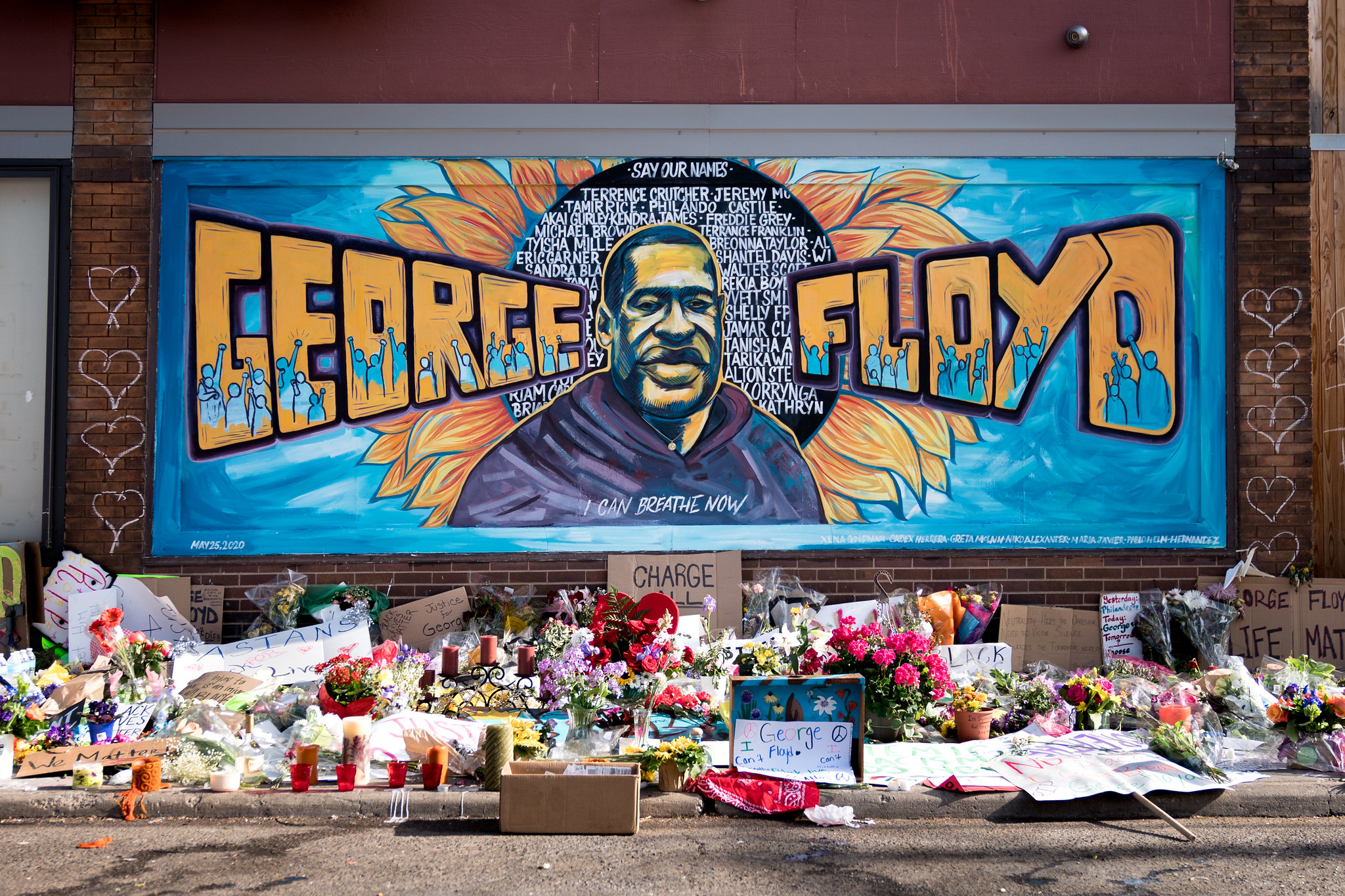
A George Floyd mural
(Image Credit: Lori Schaull, via Wikimedia)
Of course, America was never the land of the free for everyone. For Native Americans, the arrival of European conquerors in the late 15th century set off a tragic sequence of events that saw their population decimated by disease, privation, and warfare. By 1890, their numbers had dwindled from millions to only around 250,000. And, according to Harvard professor Henry Louis Gates, more than 10 million enslaved Africans were transported to the Western hemisphere during the Trans-Atlantic Slave Trade from 1600 to 1860, approximately 388,000 of whom were shipped directly to North America.
These are terrible bloodstains on our history, each involving powerful groups whom today we would describe as “white” violently harming those they saw as “others.” But despite this, mainstream history (at least the kind that was taught to me in my own educational experience) rarely addresses racism in any meaningful way, and certainly not “whiteness” as a framework for understanding it.
“Constructions of whiteness have changed over time,” writes Neil Irvin Painter for The New York Times, and it’s true – no one really knows what whiteness is. But while there may be no clear definition of whiteness today, it’s clear that its origins lie in American class conflict.
A Brief History of Whiteness
Concepts similar to race and racism have existed since time immemorial, but only as colonialism, slavery, and a desperate need for cheap labor spread to the New World in the 17th century did ideas of whiteness as we know it begin to take shape.
Some scholars have traced the origins of whiteness in America back to class conflict in colonial times. In the early American colonies of the 1600s, indentured servants (of any race) often worked and lived together and faced similar challenges. Many historians conclude that indentured African workers received similar treatment to poor, indentured European servants, and were capable of upward mobility. Lower classes saw themselves as one; they intermarried, lived together, and worked towards better lives together.
But wealthy landowners’ desire for cheap labor as well as their fears of a united uprising among the multi-racial lower classes led to a shift in tactics.
One event that was particularly formative in this shift was Bacon’s Rebellion in 1679, which saw an organized militia of Black and white workers unite to launch an attack on Jamestown, Virginia’s prosperous landowners. “The events in Jamestown were alarming to the planter elite, who were deeply fearful of the multiracial alliance of [indentured servants] and slaves,” writes Michelle Alexander in The New Jim Crow: Mass Incarceration in the Age of Colorblindness.
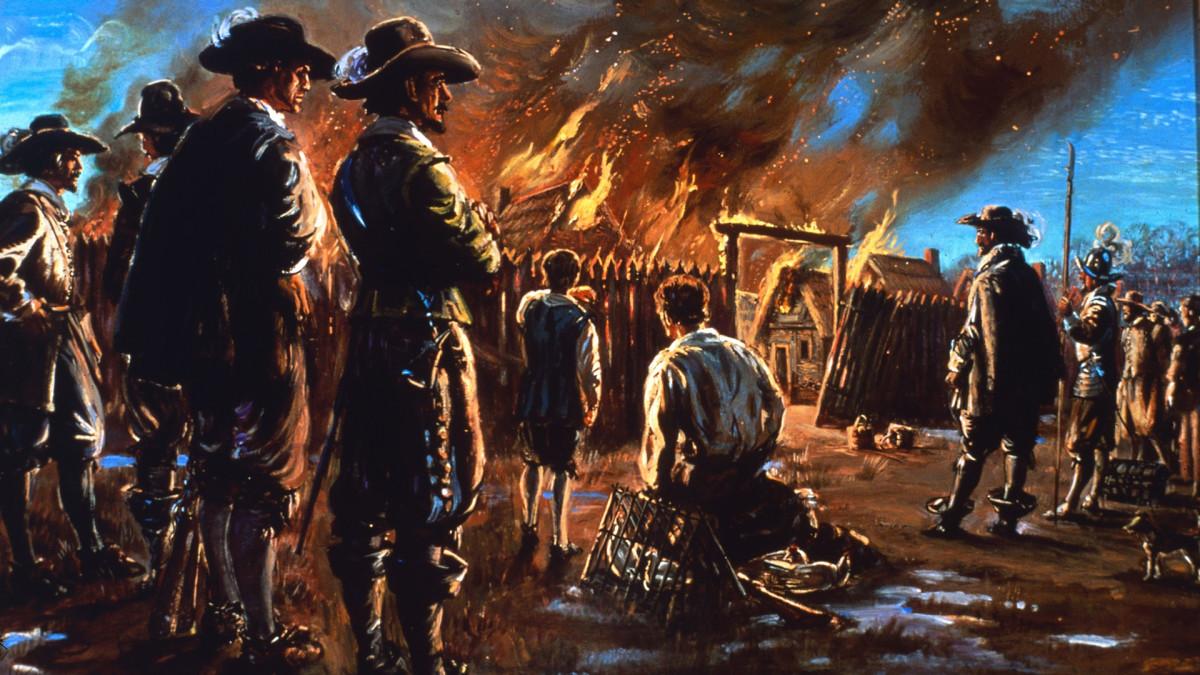 Bacon's Rebellion (Image Credit: Syndey King, National Park Service, via Stafford County Museum)
Bacon's Rebellion (Image Credit: Syndey King, National Park Service, via Stafford County Museum)
After this event, landowners began giving special rights to white indentured servants while taking them away from Black people, seeding divisions in order to prevent rebellions and separating what had once been a unified lower class into “races.” A document created by Jamestown governor William Berkeley in 1681, which banned interracial marriage in an effort to divide lower classes, was the first legal document to use the word “white.”
This, among other factors, led to the creation of separate, hierarchical classes of servants who all labored under a unified higher class of landowners, but were increasingly divided by imposed ideas of race. Many European colonists began to identify with a growing belief that white people were fundamentally different from, or superior to, other races.
Still, it took a long time for whiteness to solidify into the umbrella term it is now, and through the 20th century, people whom we might now consider white remained divided into hierarchical subcategories. For example, from the 1600s to the early 20th century, Irish-Americans were generally viewed as inferior by the English and later by American Protestants, and many were made indentured servants by the English. Similarly, by the late 1700s through the early 1900s, many Italian-Americans were subject to some of the same kinds of invidious discrimination as Black Americans, labeled inferior and uncivilized and often violently persecuted.
Intriguingly, many who discriminated against Irish-Americans, Italian-Americans, and others in the 17th through the 20th century used similar language and stereotypes to those used in the past and today to describe Black Americans, immigrants, and other underserved groups. In some stereotypical portrayals, hard-working and innocent Nordic Protestants were elevated above brutish, lazy, drunken, law-breaking, Catholic Italian-Americans and Irish-Americans. Eventually, though, the Irish and Italians were subsumed into the category of “white.”
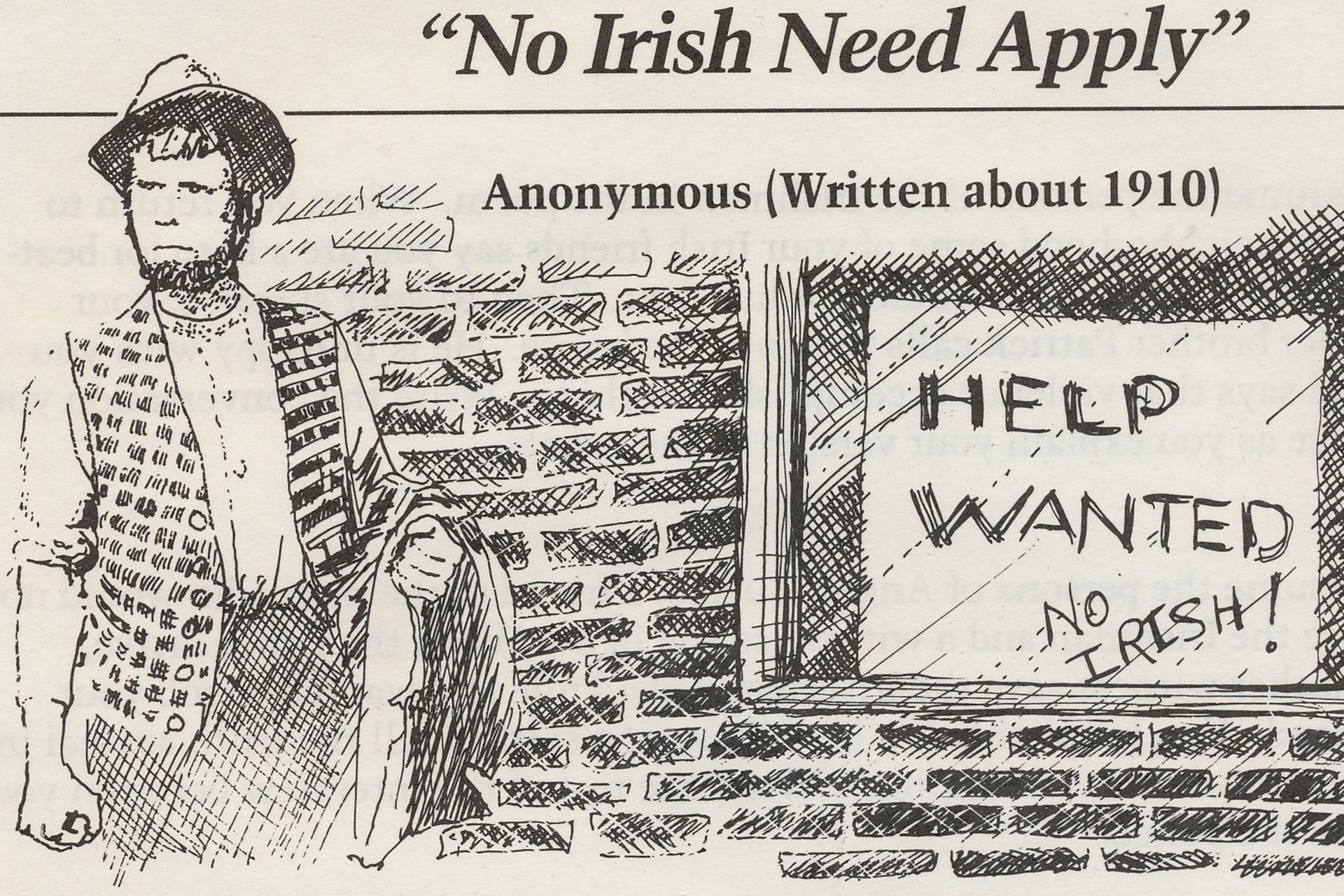 (Image Credit: The Daily Beast)
(Image Credit: The Daily Beast)
What Exactly Is Whiteness?
When Toni Morrison told The Guardian, “In this country, American means white. Everybody else has to hyphenate,” she meant it. Today, many historians and sociologists do agree that despite its social influence, there is no legitimate biological or scientific basis for whiteness (or for any racial distinctions). Whiteness is essentially a social construct – but one that has serious economic and social consequences for people who don’t fit into it.
By the 18th century, whiteness had found itself firmly at the top of America’s economic and social hierarchy.
“Why must we always talk about race anyway? Can't we just be human beings? And Professor Hunk replied – that is exactly what white privilege is, that you can say that. Race doesn't really exist for you because it has never been a barrier. Black folks don't have that choice.” —Chimamanda Ngozi Adichie
Many white people have never considered the implications of their own whiteness. However, this is slowly changing. In a New York Times article, “White People Are Noticing Something New: Their Own Whiteness,” Emily Bazelon acknowledges, “Much of the sharpest examination [of whiteness] comes, as it always has, from people of color, who have spent centuries acutely aware of how the force of whiteness operates.” But she identifies our current political era as a moment where many white people are being led to reckon with identities they had not questioned before.
The predecessors of what we call “whiteness studies” were conducted by Black intellectuals like W.E.B. Du Bois and James Baldwin, who wanted to understand whiteness in order to liberate themselves from its oppressive consequences. They argue “whiteness” gains and maintains power because it is allowed to be a “default” culture, a standard to which other cultures are compared. Whiteness upholds itself by positioning itself as the standard or baseline, maintaining invisibility while harming anyone who is not part of it. Despite its power, there is actually no consensus on what “whiteness” actually is, and the definition is perpetually changing.
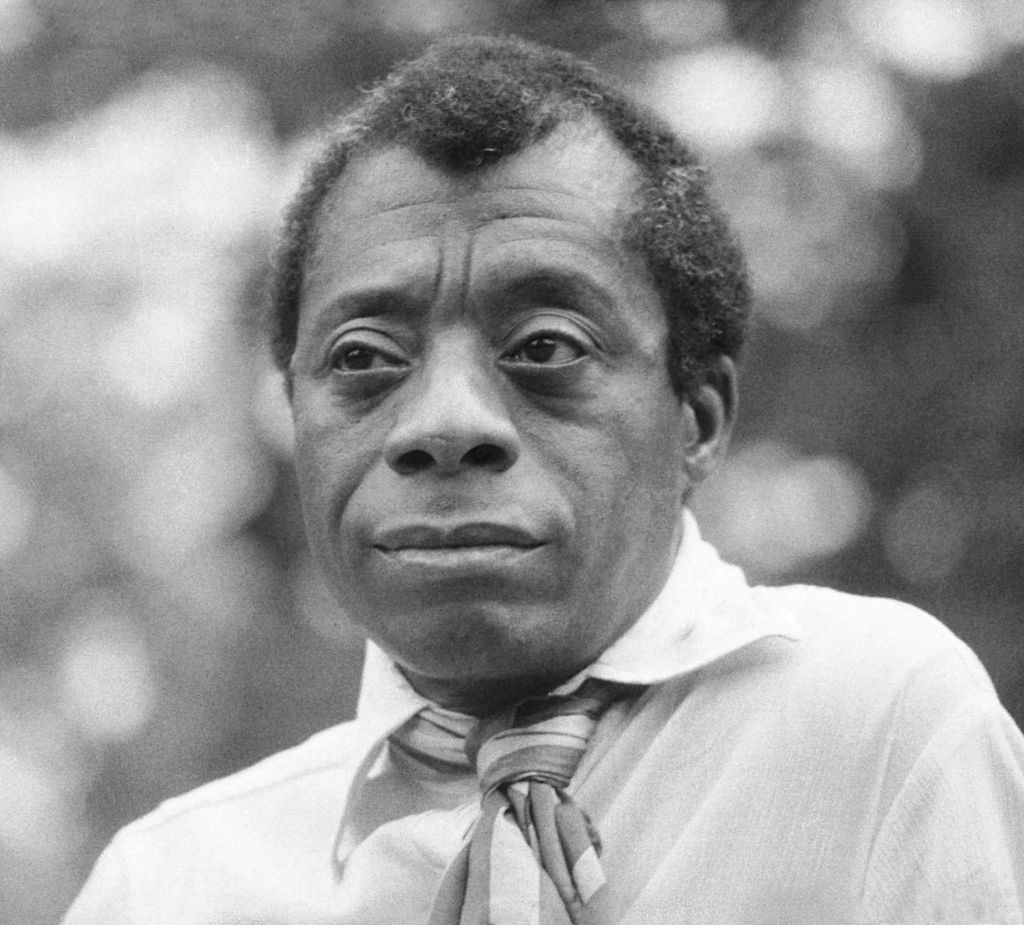
James Baldwin
(Image Credit: Allan Warren, via Wikimedia)
Whiteness: A Construct With Real Consequences
For much of American history, race, writes Jamelle Bouie in The New York Times, was “an economic reality” that “shaped your access to employment and capital; determined whether you would be doomed to the margins of labor or given access to its elevated ranks; marked who might share in the bounty of capitalist production and who would most likely be cast out as disposable.”
In part because whiteness has held a position of power in America for so long, people who are part of other races have faced extreme social and economic challenges that persist to this day. Black Americans in particular have faced the fallout of whiteness for centuries, forced to endure medical racism, redlining, mass incarceration, police brutality and other devastating consequences. It would be literally impossible to list all the effects of white supremacy in one place; its effects are social, psychological, and, of course, economic.
Whiteness has also been used to control immigration flows through laws that tend to prioritize “white” immigrants over everyone else. The country’s first Naturalization Act declared that only a “free white person” could become a citizen in 1790. Similar acts have long plagued the U.S.’s history, such as an 1882 act that banned laborers from China, and our tradition of prioritizing white immigrants extends to the present day.
Oftentimes, whiteness’s effects are invisible. Peggy McIntosh describes this system in her paper White Privilege: Unpacking the Invisible Knapsack, in which she identifies 50 ways that she benefits from her whiteness. For example, “I can be sure that my children will be given curricular materials that testify to the existence of their race,” she writes, “and I do not have to educate my children to be aware of systemic racism for their own daily physical protection.”
White privilege, she continues, allowed her to “freely disparage, fear, neglect, or be oblivious to anything outside of the dominant cultural forms.” Furthermore, she continues, “In my class and place, I did not see myself as a racist because I was taught to recognize racism only in individual acts of meanness by members of my group, never in invisible systems conferring unsought racial dominance on my group from birth.” Whiteness may not be obvious to people who fit within it, but it certainly harms people who do not.
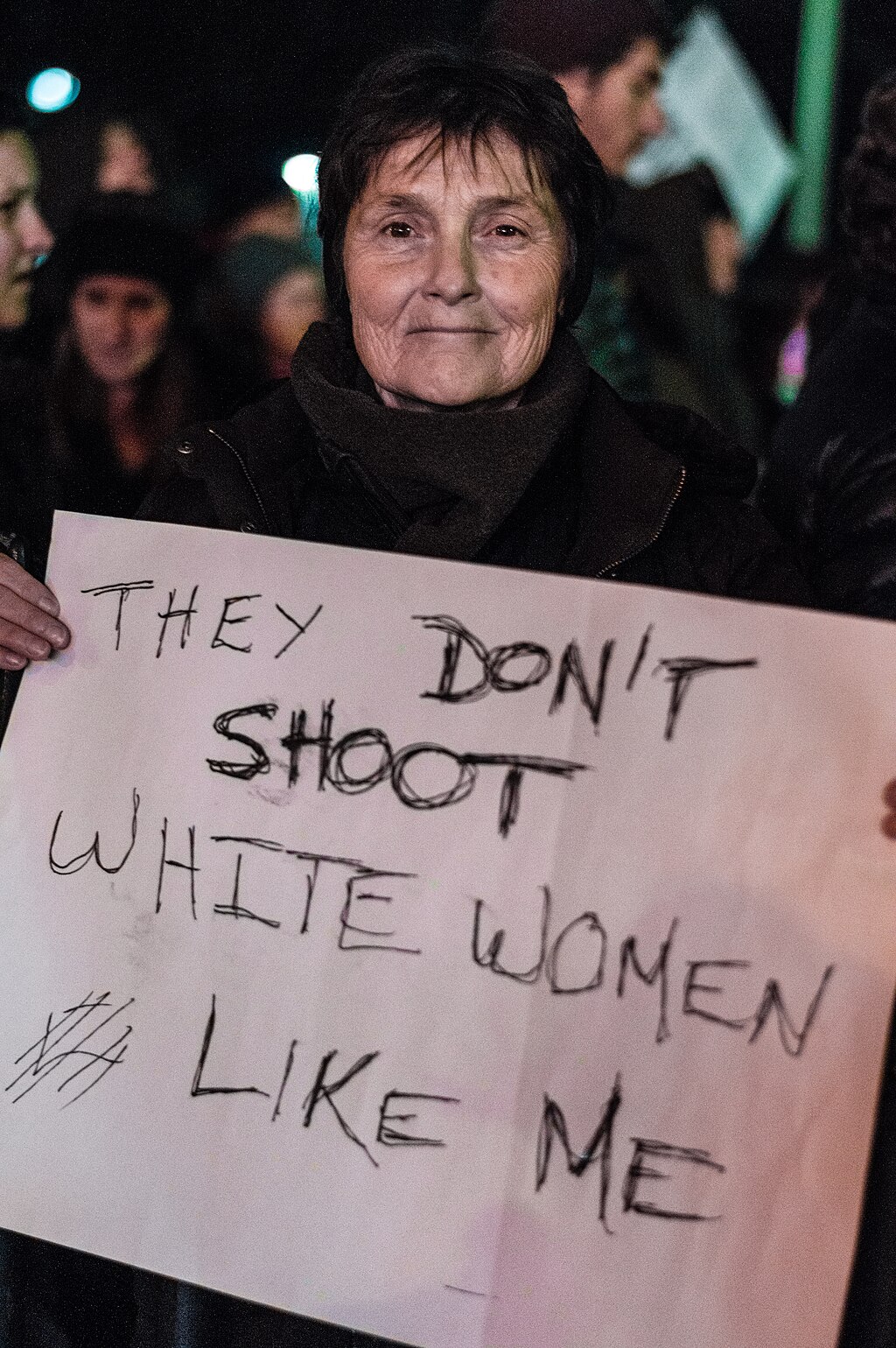
(Image Credit: Alex Klavens, via Wikimedia)
Today, anyone living in America is living in a systemically racist society – and most white people benefit from it in some ways. Many white people push back at this idea, insisting that because they are poor or have suffered, they don’t benefit from white privilege. Still, it’s important to remember that whiteness was constructed, in part, as a way to keep America’s wealthiest people in power and to prevent unity among lower classes. It was originally constructed to keep lower classes from banding together, and it is arguably still doing that successfully today.
Looking to the Past and Future: Extremism and Healing
Not everyone is unaware of whiteness. Some people choose to use it as a weapon. Just as many people have dedicated themselves to fighting racism, white supremacist movements still plague America. The MagellanTV documentary Angry, White, and American explores white supremacist movements in America, getting to the heart of some of the increasingly emboldened white supremacist and neo-Nazi ideologies that are behind attempts to preserve a distorted version of “pure” whiteness.
_crop_blurred.jpg)
Alt-right members preparing to enter Emancipation Park for the "Unite the Right" rally, Charlottesville, Virginia, 2017.
(Image Credit: Anthony Crider, via Wikimedia)
All of this merits many, many more discussions and nuanced analysis, but in the end, denouncing white supremacy and deconstructing whiteness mean supporting equality and freedom for all of humanity.
“White people in this country will have quite enough to do in learning how to accept and love themselves and each other,” wrote James Baldwin in The Fire Next Time, “and when they have achieved this – which will not be tomorrow and may very well be never – the Negro problem will no longer exist, for it will no longer be needed.”
Ω
Title image: Cracked American Flag by user Mediamodifier via Pixabay.
